Maybe you’ve always dreamt of taking a sip of your best pinot noir while overlooking the vineyard at dusk. Or maybe you just know there’s good money in alcohol!
Either way, the $300 billion global wine industry is starting to emerge from the pandemic and expected to boom in the coming years, which means this could be the perfect time to start a wine business.
Of course, it won’t be easy. You’ll need to know the risks involved and the key steps to take. Fortunately, you’ve come to the right place, as this step-by-step guide lays out all the information you’ll need to start crushing grapes, bottling wine and riding the vino money train!
Let’s begin your oenological journey.
Step 1: Decide if the Business Is Right for You
Wine is bouncing back from the pandemic-driven downturn. But it won’t be easy to penetrate a market that relies on brand names, and you’ll need to be patient to recover your initial investment. But there’s real opportunity in wine right now, and it could be the right business for you.
Let’s start by looking at the pros and cons.
Pros and cons
You’ll have many opportunities with a wine business, but you also need to understand the industry’s unique challenges before you dive in.
Pros
- Creativity — Build your own brand
- Good money — Wineries tend to have good profit margins
- High demand — The wine industry is huge and growing fast!
Cons
- Patience — Takes years for vines to bear grapes
- Regulations — Selling alcohol requires licenses and permits
- Competition — Must build brand in competitive market
Wine industry trends
China is the second-largest market for wine, and with strong growth is projected to overtake the US market by 2027, making it an attractive export destination.
Industry size and growth
- Industry size and past growth – The US is the world’s largest wine market, with revenue estimated at $58 billion.((https://www.statista.com/outlook/cmo/alcoholic-drinks/wine/united-states))
- Growth forecast – The US wine industry is expected to expand an additional 7% annually through 2025, according to German research firm Statista, while market analyst Grandview Research believes this growth rate will persist until 2030.((https://www.grandviewresearch.com/industry-analysis/us-wine-market))
- Number of businesses – In 2020, there were more than 11,000 wineries in the US, after expanding 50% over the past decade.((https://www.statista.com/statistics/259353/number-of-wineries-in-the-us/)) There are also more than 44,000 beer, wine, and liquor stores across the US.((https://www.ibisworld.com/industry-statistics/number-of-businesses/beer-wine-liquor-stores-united-states/))
- Number of people employed – US wineries employ 49,000 people.((https://www.ibisworld.com/industry-statistics/employment/wineries-united-states/))
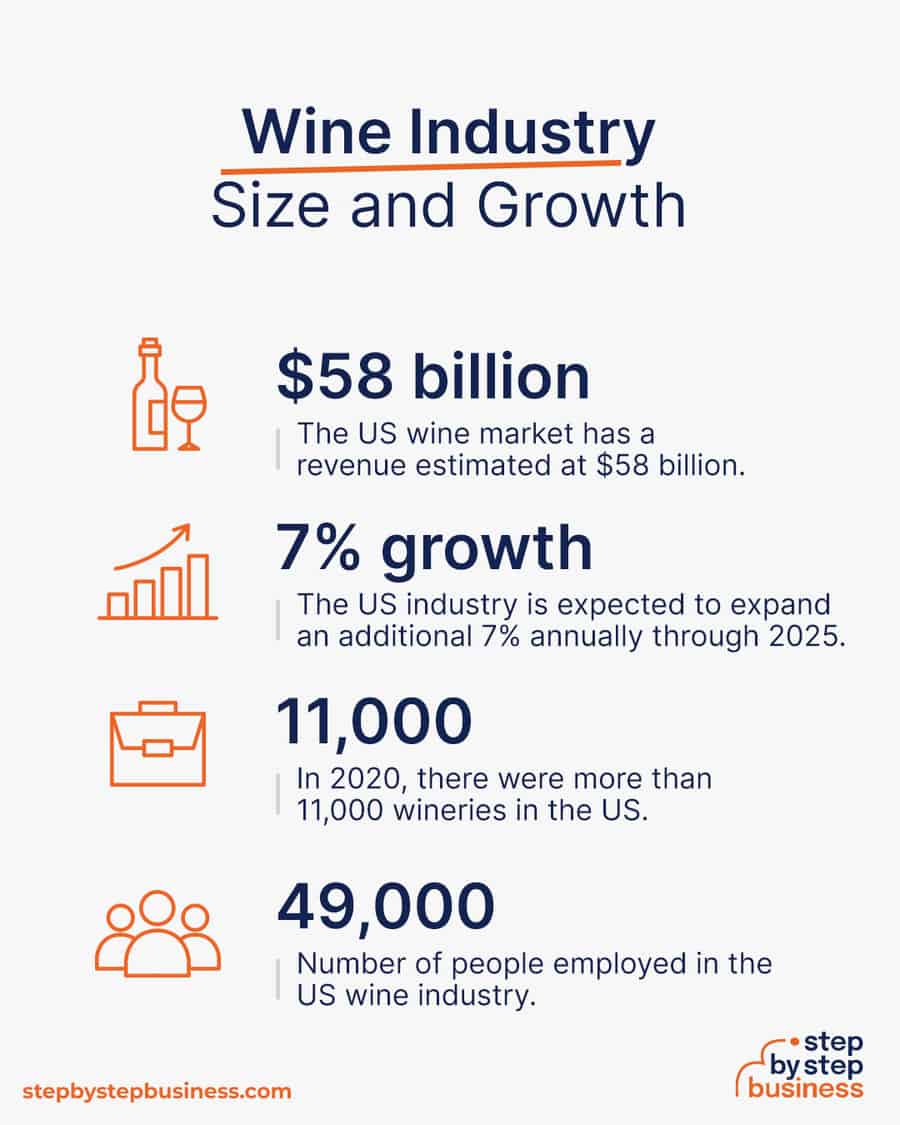
Trends and challenges
Trends shaping the wine industry include:
- Innovations in flavor, color, and packaging
- Mergers, acquisitions, and consolidation among wineries
- Shift in consumer preference to wine and other mild alcoholic beverages
Challenges in the wine industry include:
- Supply chain disruptions
- Labor shortage
- Environmental impact of wine production
Popular products
The most purchased type of wine in the US are:((https://www.statista.com/statistics/466661/us-consumption-of-wine-by-category/))
- Table wine (90%)
- Champagne and sparkling (7%)
- Dessert and fortified (2%)
- Vermouth/aperitif (0.4%)
- Wine coolers (0.01%)
What kind of people work in wine?
How much does it cost to start a wine business?
US wineries are classified based on their yearly volume in 9-liter cases (12 x 750ml bottles). The country has around 9,000 wineries (80%) producing less than 5,000 cases a year, which means they are classified as very small or limited production brands.
You’ll need a handful of items to successfully launch your wine business. Here’s a list to get you started:
- Vineyard equipment such as seed planting, watering and fertilising systems and pest control gear
- Harvesting equipment including tractors and trailers
- Production equipment such as grape crushers, fermentation vats, and bottling systems
- Temperature-controlled wine cellar for storage
- CCTV system for facility monitoring and security
- Office furniture and computer equipment
- Lab and testing equipment for R&D
- Interior decor and fixtures for your tasting room
Setting up a wine business requires a sizable initial investment of around $500,000 to more than $2 million, depending on size and production capacity, according to a Washington State University study.
| Start-up Costs | Ballpark Range | Average |
| Receiving equipment costs | $58,000 - $137,000 | $97,500 |
| Cellar equipment costs | $16,000 - $24,000 | $20,000 |
| Material handling cost | $49,000 - $50,000 | $49,500 |
| Refrigeration system costs | $29,000 - $160,000 | $94,500 |
| Fermentation and storage costs | $50,000 - $186,000 | $118,000 |
| Cooperage costs | $52,000 - $519,000 | $285,500 |
| Tasting room costs | $3,000 - $4,000 | $3,500 |
| Plant and office costs | $300,000 - $1,200,000 | $750,000 |
| Investment per case | $280 - $117 | $198.50 |
| Total | $557,280 - $2,280,117 | $1,418,698 |
How much can you earn from a wine business?
Your estimated potential earnings from a wine business will vary depending on what kind of business you start.
Assuming a conservative price of $15 per bottle, the sale price of a case would be $180. A winery spends $115 per case to produce 20,000 cases per year and up to $135 per case to produce only 2,000 cases in a year. This means a profit margin of 25% for an annual output of 2,000 cases and 36% if you produce 20,000 cases.
In your first year or two, you could sell 2,000 cases in a year, bringing in $360,000 in annual revenue. This would mean $90,000 in profit, assuming that 25% margin. As your brand gains recognition and you ramp up production, sales could climb to 20,000 cases a year and your profit margin improves to 36%. If you can sell wine for $20 per bottle, a case would fetch $240. With annual revenue of $4.8 million, you’d make a tidy profit of more than $1.7 million.
What barriers to entry are there?
There are high barriers to entry due to stringent regulations as well as the significant initial investment. The main hurdles are listed below:
- Regulatory compliance; licenses and permits
- Registration with Food and Drug Authority (FDA)
- Label approval from Tax and Trade Bureau (TTB)
- Large investment due to high cost of land
- Limits on advertising alcohol
Related Business Ideas
If you’re still not sure whether this business idea is the right choice for you, here are some related business opportunities to help you on your path to entrepreneurial success.
Step 2: Hone Your Idea
Now that you’ve determined that this is the market for you, you need to think about the specifics. You’ll need to answer the why, what, and who of your wine business.
Why? Identify an opportunity
The wine market is growing and projected to continue this trend. Wine is the third most popular alcoholic beverage in the US, behind beer and spirits. It carries a certain romantic notion and appeals to a broad array of market segments spanning various demographics.
It is thus an attractive space that, while crowded, offers opportunity to sharp new entrants. You may want to identify a niche and cater to it, rather than attempting to create a mainstream product with broad appeal that goes head-to-head with established players and their economies of scale.
Start by identifying where you want to sell and to whom. Research popular wines and wineries in your area, examining their prices and what they do best. Look for an opportunity in your local market.
What? Determine your products or services
You’ll need to decide which wines you plan to produce. Relying on one wine is a big risk, as if it is not well-received you’ll have to take a loss. Thus, you should create a product portfolio of three to four wines of different types and characteristics.
By building your own vineyard, your avenues for revenue would be broader. Besides selling directly to consumers, you might want to introduce services like wine tasting sessions, guarded tours of your vineyard to show the process of making wine, B&B stays for small groups, and a restaurant on-site.
You can also create a wine club, export your wine, and distribute to liquor stores, restaurants, supermarkets, and retailers
How much should you charge for wine?
If you start a wine trading business, you will sell wine for $15-$20 per bottle for direct-to-consumer and tasting room sales.
Once you know your costs, you can use this Step By Step profit margin calculator to determine your mark-up and final price points. Remember, the prices you use at launch should be subject to change if warranted by the market.
Who? Identify your target market
Identifying a target market can be done through market research in the area in which you plan to sell your wine, and consideration of your desired wine profile. You will ideally have three to four wines, and you may target them at different markets. Thus, if one product does not perform as expected, you can adjust your offerings without suffering a significant loss.
You should target consumers and also businesses, specifically the restaurants, bars and hotels frequented by your target market. You could also identify any exporters and wholesale distributors with whom you might work to expand the reach of your products.
Where? Choose your business premises
If you focus only on trading wine, you may want to run your business from home in the early stages to keep costs low. But as your business grows, you’ll likely need to hire workers for various roles and may need to rent out a storefront. You can find commercial space to rent in your area on sites such as Craigslist, Crexi, and Instant Offices.
When choosing a commercial space, you may want to follow these rules of thumb:
- Central location accessible via public transport
- Ventilated and spacious, with good natural light
- Flexible lease that can be extended as your business grows
- Ready-to-use space with no major renovations or repairs needed
Step 3: Brainstorm a Business Name
Your business name is your business identity, so choose one that encapsulates your objectives, services, and mission in just a few words. You probably want a name that’s short and easy to remember, since much of your business, and your initial business in particular, will come from word-of-mouth referrals.
Here are some ideas for brainstorming your business name:
- Short, unique, and catchy names tend to stand out
- Names that are easy to say and spell tend to do better
- The name should be relevant to your product or service offerings
- Ask around — family, friends, colleagues, social media — for suggestions
- Including keywords, such as “wine” or “winery”, boosts SEO
- Choose a name that allows for expansion: “Jim’s Bakery” over “Jim’s Cookies”
- Avoid location-based names that might hinder future expansion
- Use online tools like the Step by Step business name generator. Just type in a few keywords and hit “generate” and you’ll have dozens of suggestions at your fingertips.
Once you’ve got a list of potential names, visit the website of the US Patent and Trademark Office to make sure they are available for registration and check the availability of related domain names using our Domain Name Search tool. Using “.com” or “.org” sharply increases credibility, so it’s best to focus on these.
Finally, make your choice among the names that pass this screening and go ahead with domain registration and social media account creation. Your business name is one of the key differentiators that sets your business apart. Once you pick your company name, and start with the branding, it is hard to change the business name. Therefore, it’s important to carefully consider your choice before you start a business entity.
Step 4: Create a Business Plan
Every business needs a plan. This will function as a guidebook to take your startup through the launch process and maintain focus on your key goals. A business plan also enables potential partners and investors to better understand your company and its vision:
- Executive Summary: Brief overview of the entire business plan; should be written after the plan is complete.
- Business Overview: Overview of the company, vision, mission, ownership, and corporate goals.
- Product and Services: Describe your offerings in detail.
- Market Analysis: Assess market trends such as variations in demand and prospects for growth, and do a SWOT analysis.
- Competitive Analysis: Analyze main competitors, assessing their strengths and weaknesses, and create a list of the advantages of your services.
- Sales and Marketing: Examine your companies’ unique selling propositions (USPs) and develop sales, marketing, and promotional strategies.
- Management Team: Overview of management team, detailing their roles and professional background, along with a corporate hierarchy.
- Operations Plan: Your company’s operational plan includes procurement, office location, key assets and equipment, and other logistical details.
- Financial Plan: Three years of financial planning, including startup costs, break-even analysis, profit and loss estimates, cash flow, and balance sheet.
- Appendix: Include any additional financial or business-related documents.
If you’ve never created a business plan, it can be an intimidating task. You might consider hiring a business plan specialist at Fiverr to create a top-notch business plan for you.
Step 5: Register Your Business
Registering your business is an absolutely crucial step — it’s the prerequisite to paying taxes, raising capital, opening a bank account, and other guideposts on the road to getting a business up and running.
Plus, registration is exciting because it makes the entire process official. Once it’s complete, you’ll have your own business!
Choose where to register your company
Your business location is important because it can affect taxes, legal requirements, and revenue. Most people will register their business in the state where they live, but if you are planning to expand, you might consider looking elsewhere, as some states could offer real advantages when it comes to wineries.
If you’re willing to move, you could really maximize your business! Keep in mind, it’s relatively easy to transfer your business to another state.
Choose your business structure
Business entities come in several varieties, each with its pros and cons. The legal structure you choose for your wine business will shape your taxes, personal liability, and business registration requirements, so choose wisely.
Here are the main options:
- Sole Proprietorship – The most common structure for small businesses makes no legal distinction between company and owner. All income goes to the owner, who’s also liable for any debts, losses, or liabilities incurred by the business. The owner pays taxes on business income on his or her personal tax return.
- General Partnership – Similar to a sole proprietorship, but for two or more people. Again, owners keep the profits and are liable for losses. The partners pay taxes on their share of business income on their personal tax returns.
- Limited Liability Company (LLC) – Combines the characteristics of corporations with those of sole proprietorships or partnerships. Again, the owners are not personally liable for debts.
- C Corp – Under this structure, the business is a distinct legal entity and the owner or owners are not personally liable for its debts. Owners take profits through shareholder dividends, rather than directly. The corporation pays taxes, and owners pay taxes on their dividends, which is sometimes referred to as double taxation.
- S Corp – An S-Corporation refers to the tax classification of the business but is not a business entity. An S-Corp can be either a corporation or an LLC, which just need to elect to be an S-Corp for tax status. In an S-Corp, income is passed through directly to shareholders, who pay taxes on their share of business income on their personal tax returns.
We recommend that new business owners choose LLC as it offers liability protection and pass-through taxation while being simpler to form than a corporation. You can form an LLC in as little as five minutes using ZenBusiness’s online LLC formation service. They will check that your business name is available before filing, submit your articles of organization, and answer any questions you might have.
Step 6: Register for Taxes
The final step before you’re able to pay taxes is getting an Employer Identification Number, or EIN. You can file for your EIN online or by mail or fax: visit the IRS website to learn more. Keep in mind, if you’ve chosen to be a sole proprietorship you can simply use your social security number as your EIN.
Once you have your EIN, you’ll need to choose your tax year. Financially speaking, your business will operate in a calendar year (January–December) or a fiscal year, a 12-month period that can start in any month. This will determine your tax cycle, while your business structure will determine which taxes you’ll pay.
It is important to consult an accountant or other professional to help you with your taxes to ensure you are completing them correctly.
Step 7: Fund your Business
Securing financing is your next step and there are plenty of ways to raise capital:
- Bank loans: This is the most common method, but getting approved requires a rock-solid business plan and strong credit history.
- SBA-guaranteed loans: The Small Business Administration can act as guarantor, helping gain that elusive bank approval via an SBA-guaranteed loan.
- Government grants: A handful of financial assistance programs help fund entrepreneurs. Visit Grants.gov to learn which might work for you.
- Venture capital: Offer potential investors an ownership stake in exchange for funds, keeping in mind that you would be sacrificing some control over your business.
- Friends and Family: Reach out to friends and family to provide a business loan or investment in your concept. It’s a good idea to have legal advice when doing so because SEC regulations apply.
- Crowdfunding: Websites like Kickstarter and Indiegogo offer an increasingly popular low-risk option, in which donors fund your vision. Entrepreneurial crowdfunding sites like Fundable and WeFunder enable multiple investors to fund your business.
- Personal: Self-fund your business via your savings or the sale of property or other assets.
Bank and SBA loans are probably the best options, other than friends and family, for funding a wine business. You might also try crowdfunding if you have an innovative concept.
Step 8: Apply for Licenses/Permits
Starting a wine business requires obtaining a number of licenses and permits from local, state, and federal governments, including FDA registration and a license to sell alcohol.
Federal regulations, licenses, and permits associated with starting your business include doing business as (DBA), health licenses and permits from the Occupational Safety and Health Administration (OSHA), trademarks, copyrights, patents, and other intellectual properties, as well as industry-specific licenses and permits.
You may also need state-level and local county or city-based licenses and permits. The license requirements and how to obtain them vary, so check the websites of your state, city, and county governments or contact the appropriate person to learn more.
You could also check this SBA guide for your state’s requirements, but we recommend using MyCorporation’s Business License Compliance Package. They will research the exact forms you need for your business and state and provide them to ensure you’re fully compliant.
This is not a step to be taken lightly, as failing to comply with legal requirements can result in hefty penalties.
If you feel overwhelmed by this step or don’t know how to begin, it might be a good idea to hire a professional to help you check all the legal boxes.
Step 9: Open a Business Bank Account
Before you start making money you’ll need a place to keep it, and that requires opening a bank account.
Keeping your business finances separate from your personal account makes it easy to file taxes and track your company’s income, so it’s worth doing even if you’re running your wine business as a sole proprietorship. Opening a business bank account is quite simple, and similar to opening a personal one. Most major banks offer accounts tailored for businesses — just inquire at your preferred bank to learn about their rates and features.
Banks vary in terms of offerings, so it’s a good idea to examine your options and select the best plan for you. Once you choose your bank, bring in your EIN (or Social Security Number if you decide on a sole proprietorship), articles of incorporation, and other legal documents and open your new account.
Step 10: Get Business Insurance
Business insurance is an area that often gets overlooked yet it can be vital to your success as an entrepreneur, especially when you sell alcohol. Insurance protects you from unexpected events that can have a devastating impact on your business.
Here are some types of insurance to consider:
- General liability: The most comprehensive type of insurance, acting as a catch-all for many business elements that require coverage. If you get just one kind of insurance, this is it. It even protects against bodily injury and property damage.
- Business Property: Provides coverage for your equipment and supplies.
- Equipment Breakdown Insurance: Covers the cost of replacing or repairing equipment that has broken due to mechanical issues.
- Worker’s compensation: Provides compensation to employees injured on the job.
- Property: Covers your physical space, whether it is a cart, storefront, or office.
- Commercial auto: Protection for your company-owned vehicle.
- Professional liability: Protects against claims from a client who says they suffered a loss due to an error or omission in your work.
- Business owner’s policy (BOP): This is an insurance plan that acts as an all-in-one insurance policy, a combination of any of the above insurance types.
Step 11: Prepare to Launch
As opening day nears, prepare for launch by reviewing and improving some key elements of your business.
Essential software and tools
Being an entrepreneur often means wearing many hats, from marketing to sales to accounting, which can be overwhelming. Fortunately, many websites and digital tools are available to help simplify many business tasks.
Wine and alcohol compliance software, such as Sovos Shipcompliant, will ensure your bottling, packaging and shipping do not run afoul of the authorities.
Accounting
- Popular web-based accounting programs for smaller businesses include Quickbooks, Freshbooks, and Xero.
- If you’re unfamiliar with basic accounting, you may want to hire a professional, especially as you begin. The consequences for filing incorrect tax documents can be harsh, so accuracy is crucial.
Marketing
Some of your business will come from the casual passerby or online visitors, but you should still invest in digital marketing! Getting the word out is especially important for new businesses, as it’ll boost customer and brand awareness.
Once your website is up and running, link it to your social media accounts and vice versa. Social media is a great tool for promoting your business because you can create engaging posts that advertise your products:
- Facebook: Great platform for paid advertising, allows you to target specific demographics, like men under age 50 in the Cleveland area.
- Instagram: Same benefits as Facebook but with different target audiences.
- Website: SEO will help your website appear closer to the top in relevant search results, a crucial element for increasing sales. Make sure that you optimize calls to action on your website. Experiment with text, color, size, and position of calls to action such as “Buy Now”. This can sharply increase purchases.
- Google and Yelp: For businesses that rely on local clientele, getting listed on Yelp and Google My Business can be crucial to generating awareness and customers.
Kickstart Marketing
Take advantage of your website, social media presence and real-life activities to increase awareness of your offerings and build your brand. Some suggestions include:
- Competitions and giveaways – Generate interest by offering prizes for customers who complete a certain action, such as first month’s wine club membership is free!
- Signage – Put up eye-catching signage at your store and website.
- Flyering – Distribute flyers in your neighborhood and at industry events.
- In-Person Sales – Offer your products/services at local markets, trade shows.
- Post a video – Post a video about your wine business. Use humor and maybe it will go viral!
- Seek out referrals – Offer incentives to generate customer referrals to new clients.
- Paid ads on social media – Choose sites that will reach your target market and do targeted ads.
- Create infographics – Post infographics and include them in your content.
Develop your website
Website development is crucial because your site is your online presence and needs to convince prospective clients of your expertise and professionalism. They are unlikely to find your website, however, unless you follow Search Engine Optimization (SEO) practices. These are steps that help pages rank higher in the results of top search engines like Google.
You can create your own website using services like WordPress, Wix, or Squarespace. This route is very affordable, but figuring out how to build a website can be time-consuming. If you lack tech-savvy, you can hire a web designer or developer to create a custom website for your business.
Focus on USPs
Unique selling propositions, or USPs, are the characteristics of a product or service that sets it apart from the competition. Customers today are inundated with buying options, so you’ll have a real advantage if they are able to quickly grasp how your wine meets their needs or wishes. It’s wise to do all you can to ensure your USPs stand out on your website and in your marketing and promotional materials, stimulating buyer desire.
Global pizza chain Domino’s is renowned for its USP: “Hot pizza in 30 minutes or less, guaranteed.” Signature USPs for your winery could be:
- Exclusive deals, events and access with our wine club
- Luxury wines at bargain prices
- The full vineyard experience: tours, tasting, grape stomping and more
Networking
You may not like to network or use personal connections for business gain. But your personal and professional networks likely offer considerable untapped business potential. Maybe that Facebook friend you met in college is now running a wine business, or a LinkedIn contact of yours is connected to dozens of potential clients. Maybe your cousin or neighbor has been working in wineries for years and can offer invaluable insight and industry connections.
The possibilities are endless, so it’s a good idea to review your personal and professional networks and reach out to those with possible links to or interest in wines. You’ll probably generate new customers or find companies with which you could establish a partnership. Online businesses might also consider affiliate marketing as a way to build relationships with potential partners and boost business.
Step 12: Build Your Team
If you’re starting out small from a home office, you may not need any employees. But as your business grows, you will likely need workers to fill various roles. Potential positions for a wine business would include:
- Master Winemaker
- Grounds Workers
- General Manager
- Marketing Lead
- Sales Executive
At some point, you may need to hire all of these positions or simply a few, depending on the size and needs of your business. You might also hire multiple workers for a single role or a single worker for multiple roles, again depending on need.
Free-of-charge methods to recruit employees include posting ads on popular platforms such as LinkedIn, Facebook, or Jobs.com. You might also consider a premium recruitment option, such as advertising on Indeed, Glassdoor, or ZipRecruiter. Further, if you have the resources, you could consider hiring a recruitment agency to help you find talent.
Step 13: Start Making Money!
Starting a smaller winery is less expensive while setting up a winery with a higher production capacity will be more cost-effective. Also, greater production will make you more appealing to distributors.
One way to ensure a steady stream of revenue and inspire loyalty from customers is to create a wine club, which is a subscription-based service in which members pay a monthly fee and receive a certain number of bottles delivered to their door. Subscribers can also receive additional benefits and exclusives, such as guided tours of the vineyard, wine tastings, and chances to try new wines pre-release.
You’re now ready to start making wine!
Wine Business FAQs
How do I start a wine factory?
To start a wine factory, you shall take the following steps:
- Firstly, identify where you’d like to set it up, the scale, and whether you wish to grow grapes or buy them from a third-party.
- Understand the winemaking process. Study how other winemakers do it, seek advice from professionals and hire a Master Winemaker to oversee your process.
- Recruit a wine compliance agency to help with legal matters.
- Identify what attributes your wine should have, whom you target it to, and what kind of personality you want it to embody.
Is a wine business profitable?
Wine businesses struggle in the early stage of development, and those who survive the crunch time will eventually become profitable. You need to understand that a wine business is not a get-rich-quick scheme.
How many cases of wine can I expect per acre?
It depends upon several factors. For example, the average grape yield per acre is between 6-9 tons per acre in California and 3-6 tons per acre in other states. A ton of grapes may be processed into around 63 cases of wine on average.
These numbers indicate that you should expect to produce anything between 180-570 cases per planted acre. But, aside from the location, there are some other factors that may impact your cases of wine per acre.
For example, wines are typically sold as 12 bottles of 750ml per case. You may decide to venture into other capacities such as 1L bottles or even large 5L decanters for parties (as some vintners tend to do when their wine is positioned for a social setting). This means that you will get a different case per acre figure.
Is it hard to start a winery?
It is not extremely difficult, but requires a lot of learning and significant financial investment. It is not ideal as a first-time business for some looking to start their own business unless they have other sources of income. The area where you can fall foul of the law is in the myriad of legal regulations, permits and compliance, so a wine compliance agency is your best avenue.
How can I get people to like my wine?
You can get people to like your wine if you work on the following areas:
- Asking yourself who is your target market? What are their attributes, tastes and preferences? What brands and varieties of wine do they already enjoy?
- Do you want your wine to project a particular persona? Is it a lively, youthful wine, or a mellow, relaxed one, for example?
- Create a few different preparations and offer them to sample groups of your target segment for their input. This is the best way to gauge potential customer reaction before a wider rollout.
- Seek the advice of Master Winemakers and Wine Critics – they will know a lot more than you and will objectively critique your wine – just be prepared to take objective criticism and challen it productively.
- Do not base your feedback purely on those from friends and family – as it can be subjective and biased.



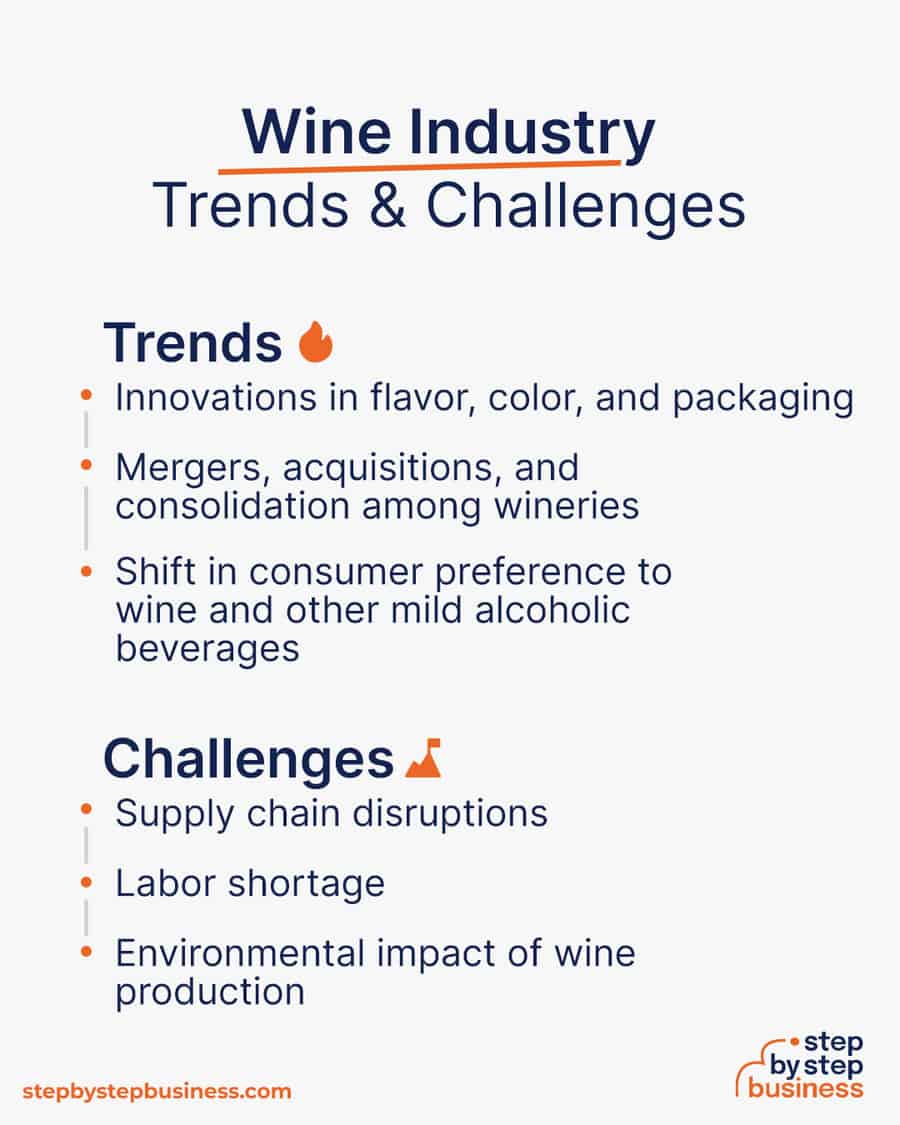
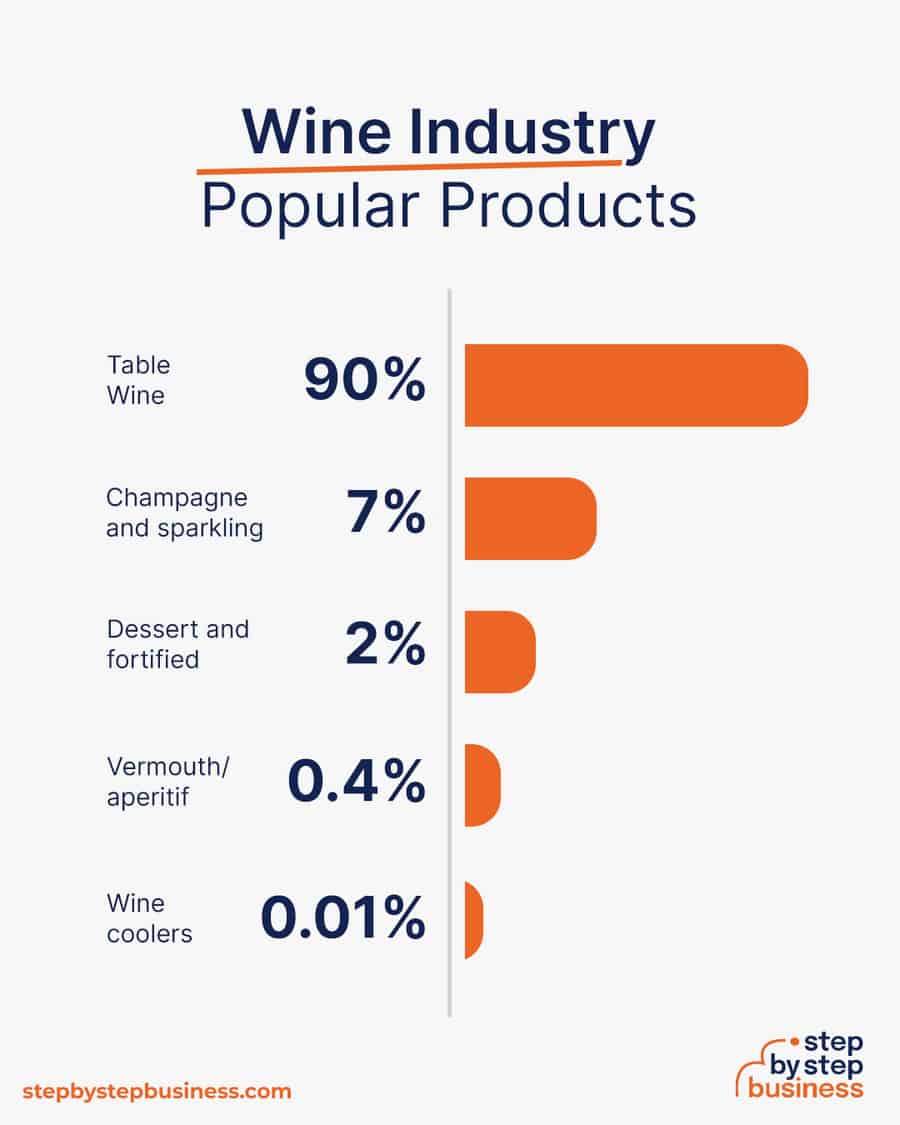
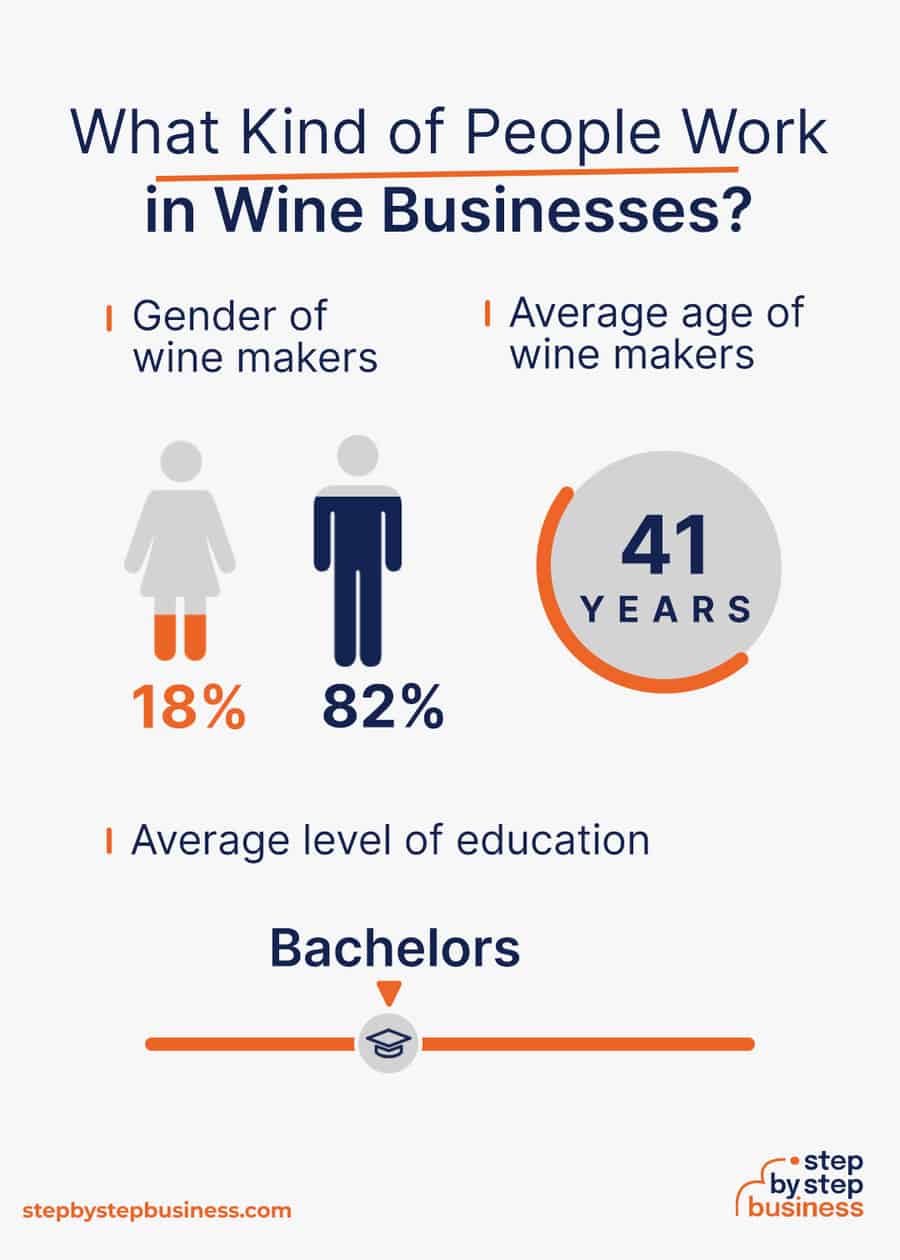
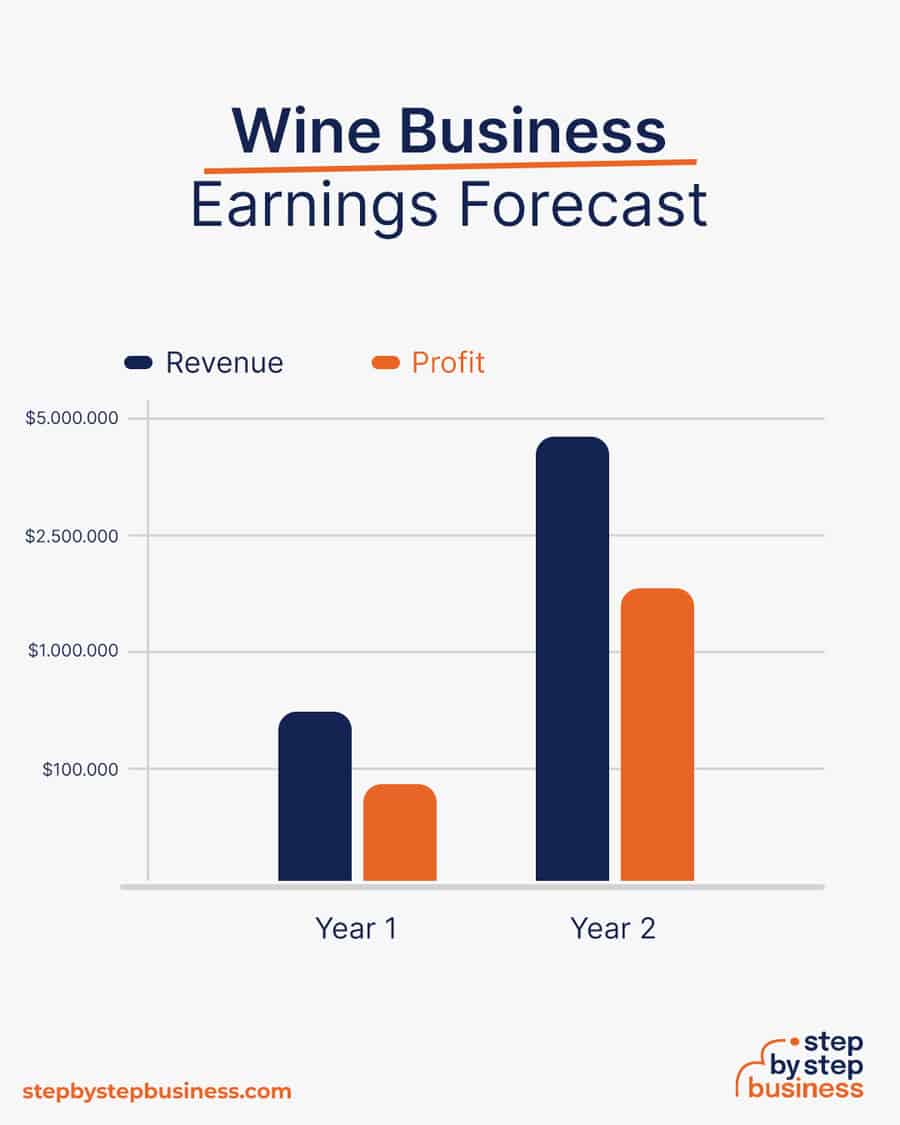
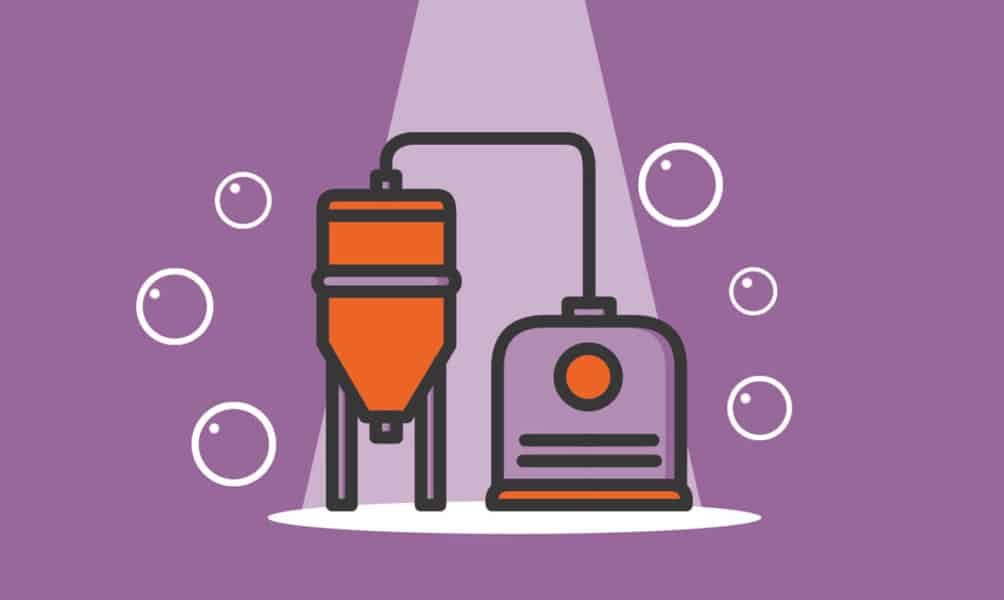



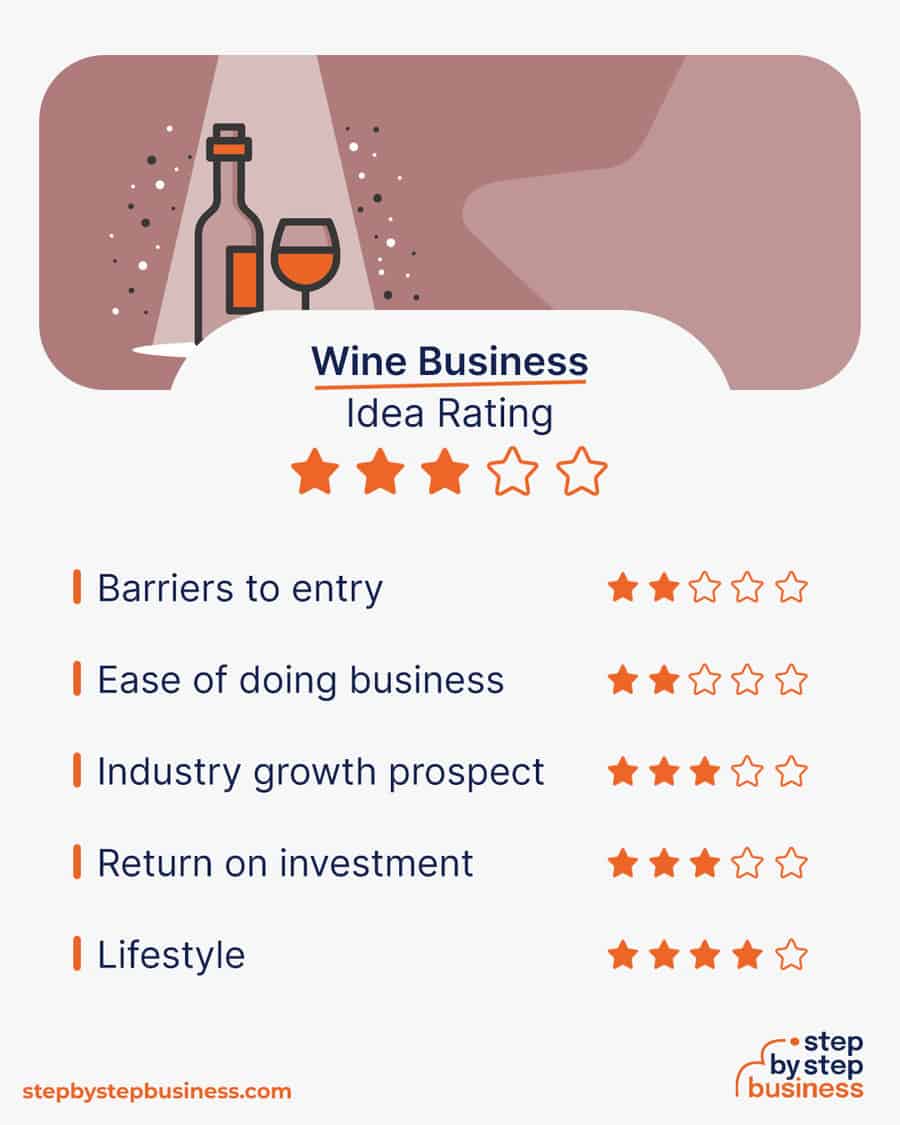













Comments